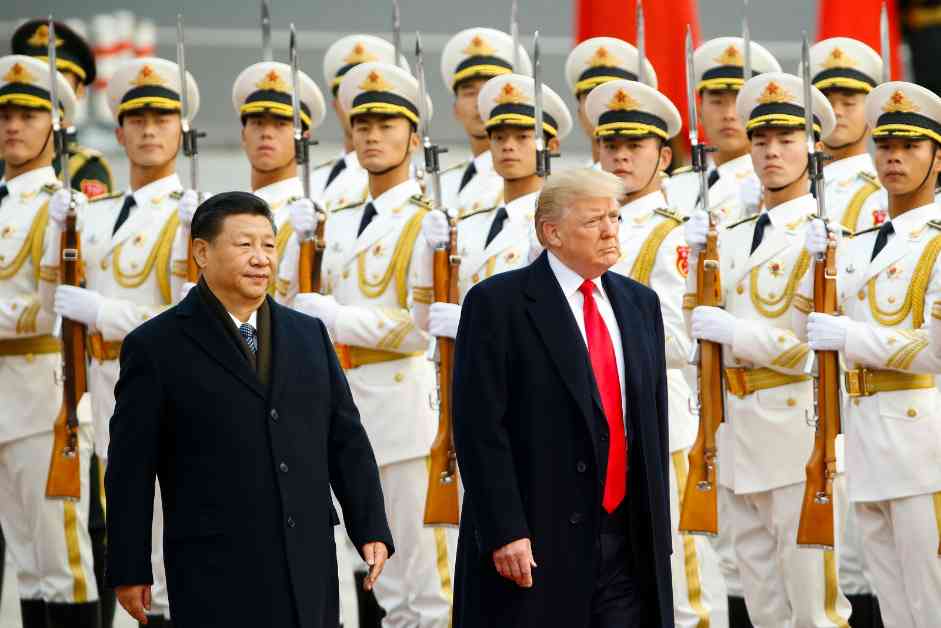The U.S.-China rivalry is reshaping not just global trade, but also the fight against climate change. As the two superpowers engage in a trade war, the implications for green technology and climate progress are significant. Let’s delve into the details to understand the impact of this rivalry on global climate efforts.
Understanding Green Industrial Policy
To comprehend the significance of green industrial policy in combating climate change, it’s essential to look beyond just manufacturing. Green industrial policy revolves around accelerating the production of essential green technologies like EVs, batteries, solar panels, and more. It’s about shaping what we make, how we make it, and what we choose not to make. The objective is to transition away from fossil fuel-based technologies towards sustainable alternatives.
The U.S. and China in the Climate Fight
In the quest for global climate leadership, the U.S. and China play pivotal roles. As the top historic and current polluters, they hold immense power to drive green technology innovation. China, in particular, has taken the lead in solar, wind, EV manufacturing, and more. This dominance underscores the competitive landscape of the green economy.
Implications of the U.S.-China Trade War
The escalating U.S.-China trade war has far-reaching consequences for climate action. Export controls, tariffs, and retaliatory measures have disrupted the flow of critical materials and technologies, hindering decarbonization efforts. This economic rivalry extends beyond trade, impacting global debt relief initiatives and exacerbating the debt crisis in developing countries.
Trade Policy and Climate Concerns
Amid competing trade visions, the debate on protecting domestic industries versus consumer interests intensifies. While protectionism aims to safeguard jobs and industries, it often leads to higher prices and slower climate action. Balancing the needs of workers, consumers, and the planet becomes a complex challenge in the trade policy landscape.
In conclusion, the U.S.-China rivalry presents a dual narrative of technological competition and climate implications. As these superpowers navigate economic tensions, the world watches closely to see how their actions shape the future of global climate progress. The interplay between trade dynamics and environmental goals underscores the intricate relationship between geopolitics and sustainability.














